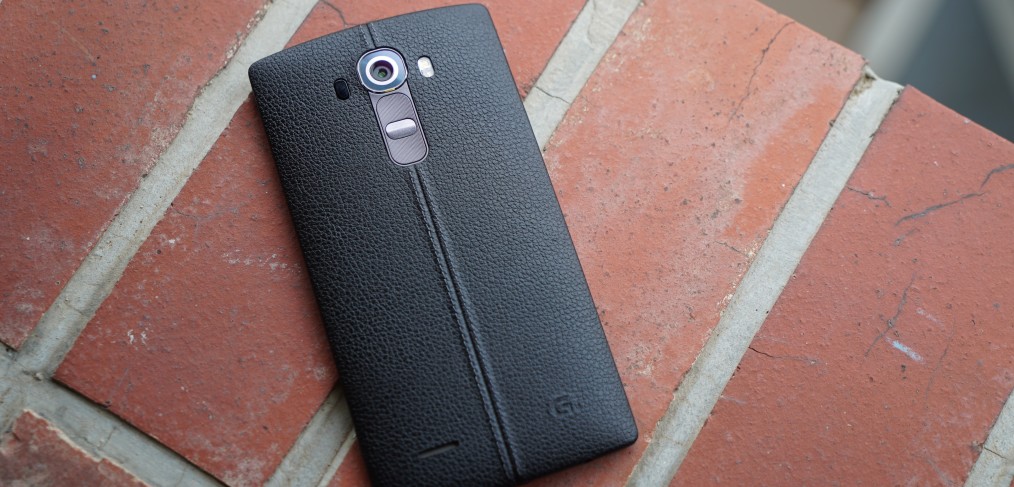
LG G4 Review: Seeing and feeling greatness
What do you do, when you’re the last major smartphone manufacturer to launch a flagship phone?
How do you wow a crowd that has seen it all?
What can you do better, to improve on the latest and greatest that’s already out there?
There was a lot riding on the launch of the LG G4 last week. Its end-of-April launch date meant it followed many others including Apple, Samsung, HTC and Sony. This year, more than the last, the bar was set very high.
For LG, the strategy is about seeing and feeling.
The former involves not just building a jack of all trades, but a master of ONE. A solid all around performer that blows competition out of the water in one critical field… photography.
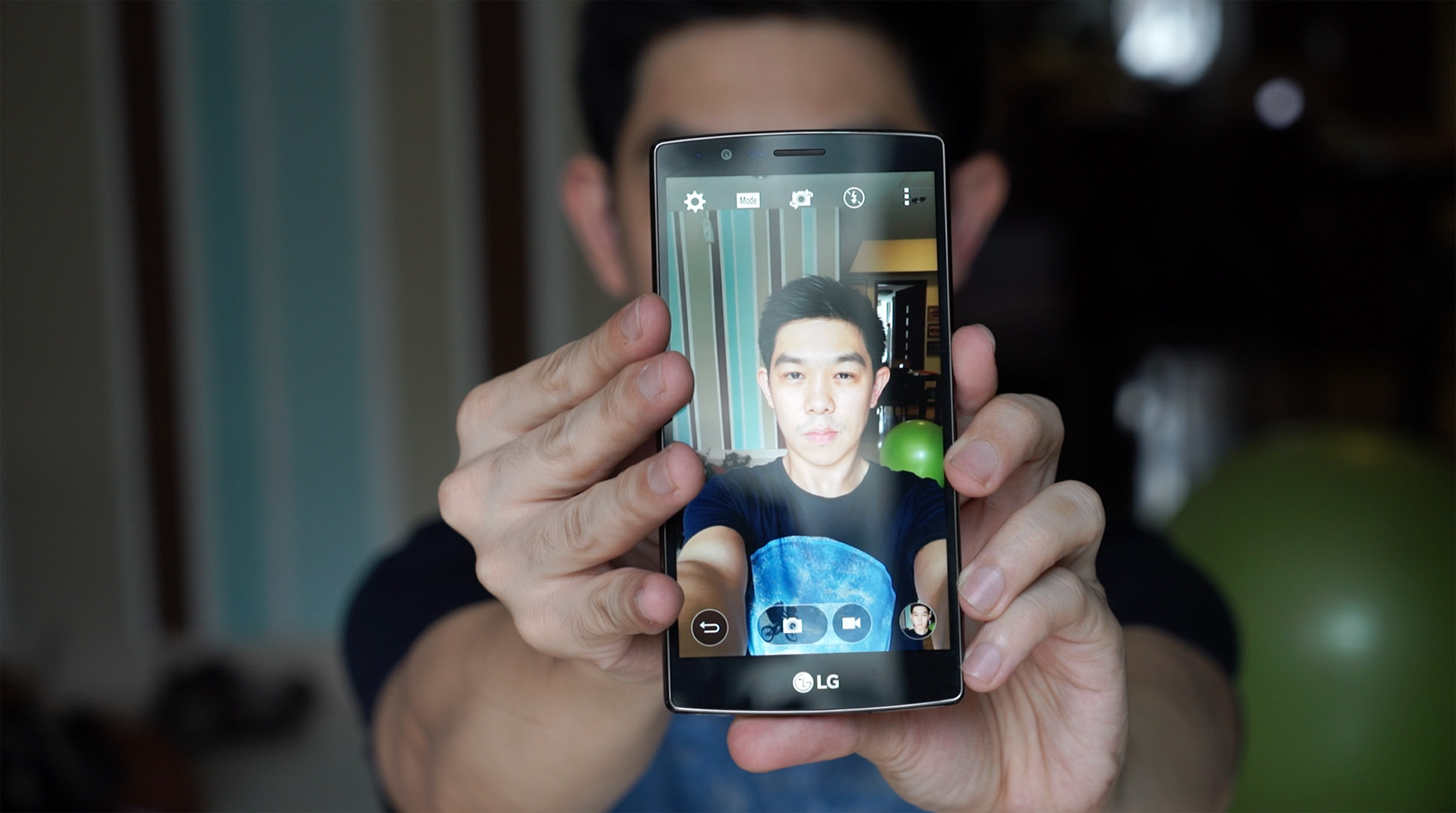
To do this, LG gave the G4 the best specs possible — an f/1.8 lens, a large 1/2.6” sensor, laser assisted autofocus, and optical image stabilization. It’s also added a dedicated color spectrum sensor – that it promises, will dramatically improve the colors of captured images.
Let’s break that down into more palatable parts.
The lower the aperture number, the more amazing the lens, shooting at high apertures means better depth and better performance in low light. Most DSLR kit lenses start at an aperture of f/3.5, so f/1.8 on a smartphone is pretty darn amazing.
Sensor size on the other hand is another important factor in image quality, even more important than megapixels. Theoretically, the larger the sensor the better the resulting image – on smartphones, the closer to an inch the better.
Think of it this way, as far as photography on a smartphone goes, the G4 has everything going for it, and it’s not just on paper.
Last week, a day after its global launch, I took the G4 on a field test, Singapore’s fickle minded weather created the perfect range of shooting scenarios and lighting conditions.
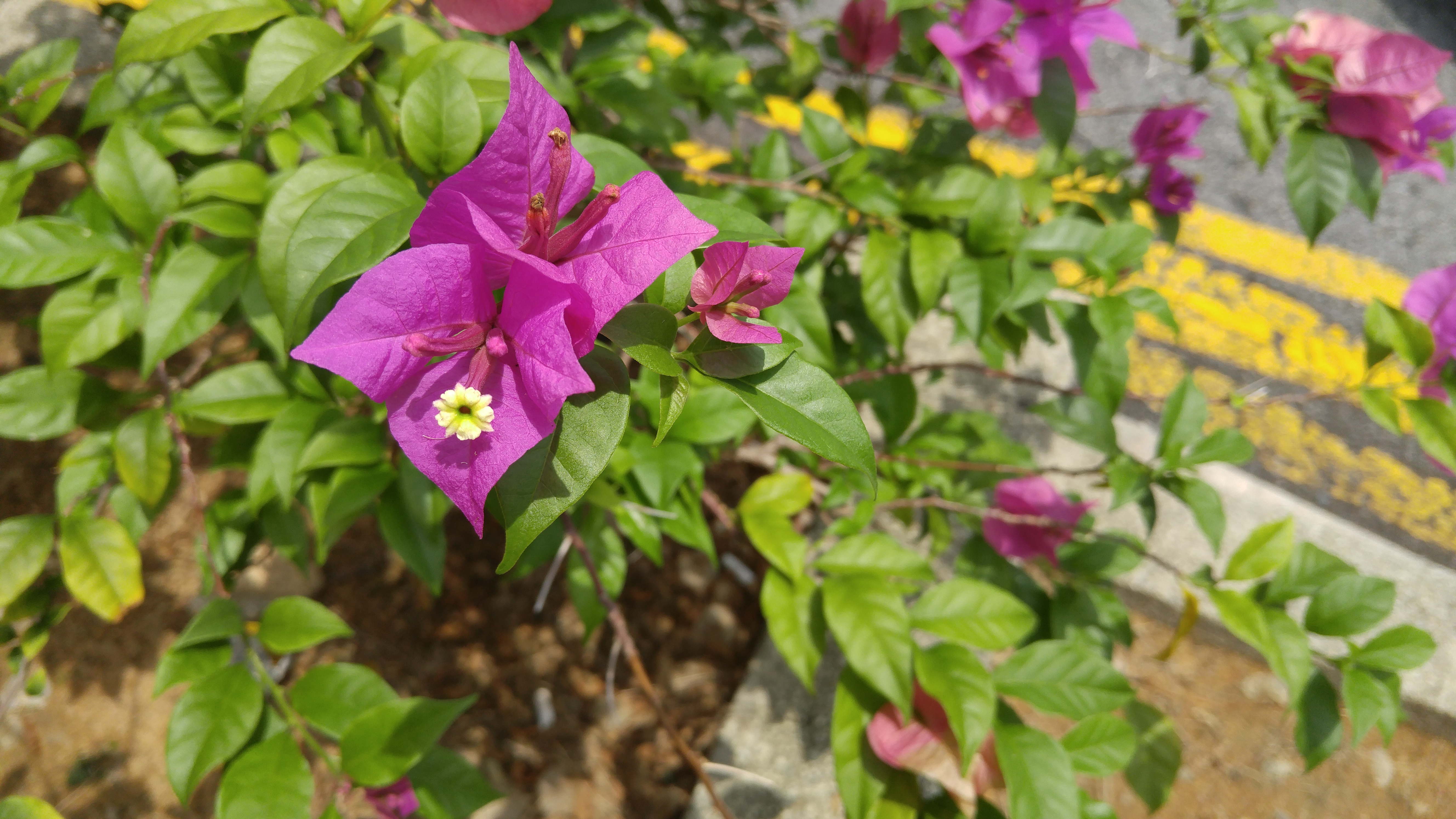
Using the Galaxy S6 as a reference, I gave the G4 several opportunities to prove itself worthy of smartphone photography greatness, and it didn’t disappoint. Under intense light from the sun, photos came out flawless, colors popped and highlights were managed.
I switched locations, and the sun gave way to rain clouds. But not even the bad weather could damped the G4’s ability to take great shots.
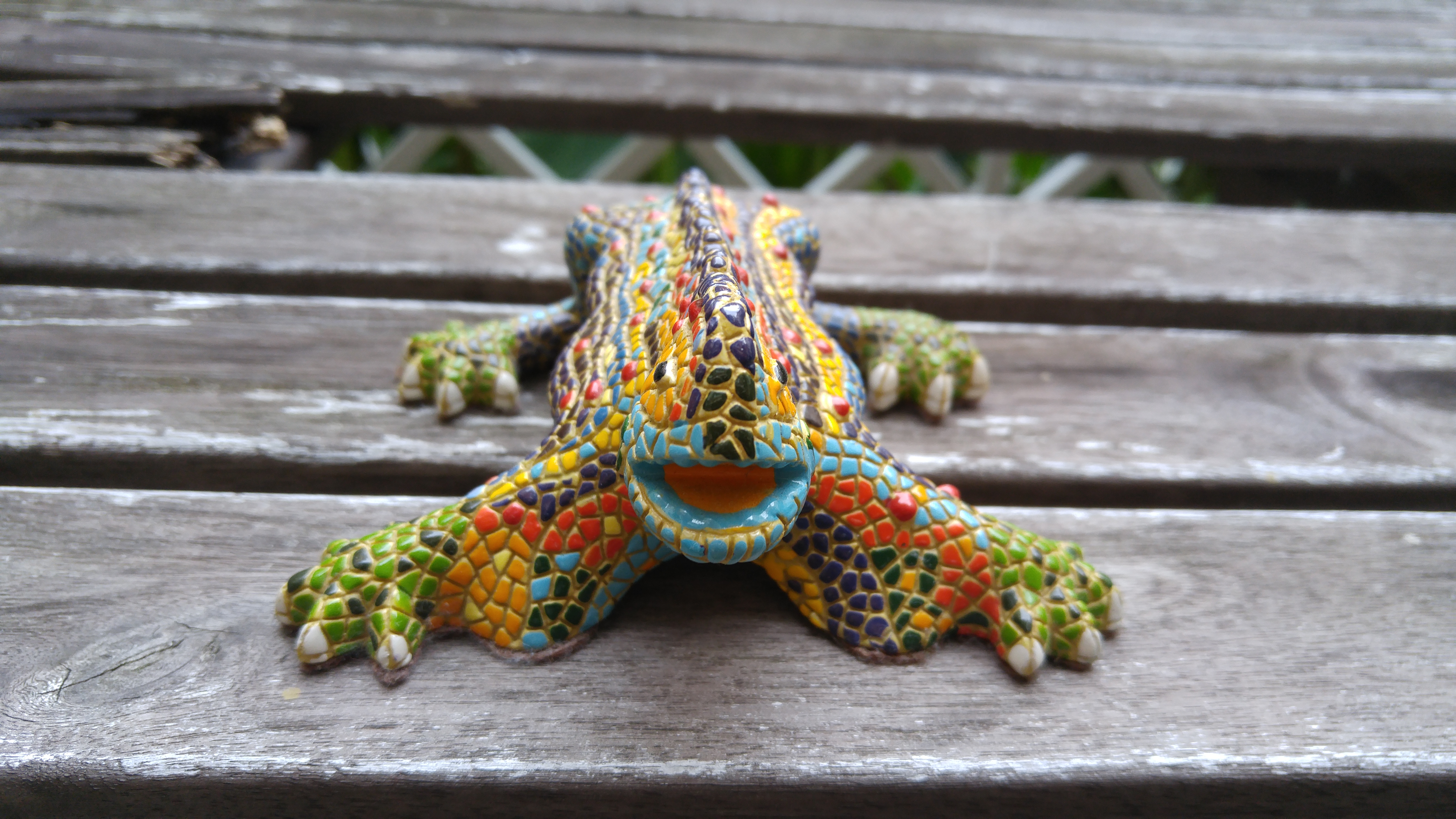
The real test however was in almost zero lighting. With hardly any available light the phone still managed to let in enough light, avoid any camera shake, and produce images that were usable.
The G4’s laser autofocus works, focusing is fast and consistent, and they’ve improved startup time, you can launch the camera in less than a second, equally as fast as the Galaxy S6. What it doesn’t have is Samsung’s “double click to launch camera feature” which works from any screen. What they offer is the next best thing, with the display off, you can click on the G4’s volume down button twice, it will launch the camera and take a photo.
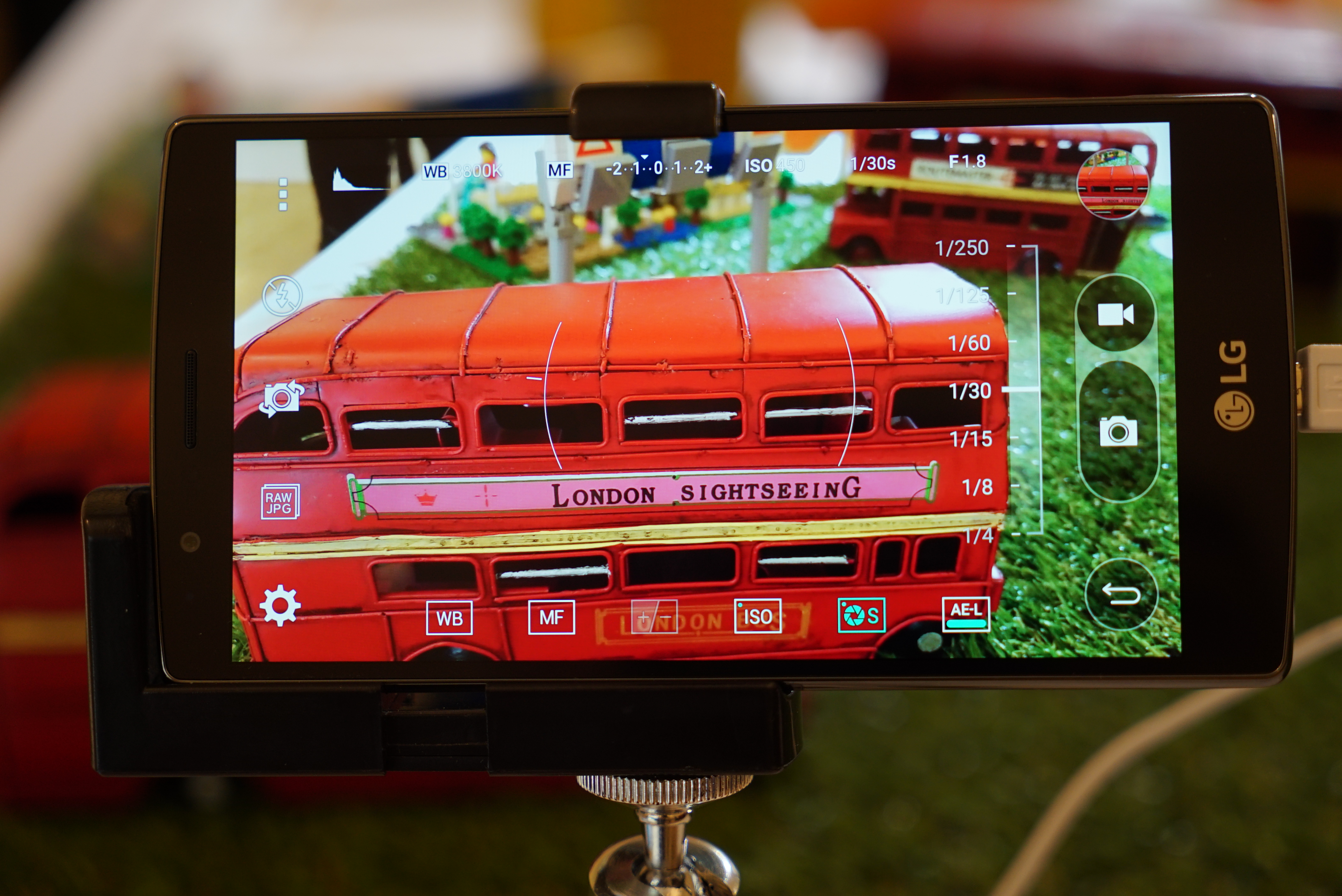
More serious photographers will also appreciate more controls in manual mode, like being able to set shutter speed and being able to shoot in JPEG + RAW mode.
In the limited time I’ve had the phone, it outshot the Galaxy S6, the HTC One M9, and iPhone 6 Plus — while my tests were far from comprehensive, I think it’s safe to say that LG deserves a pat on the back for a mission accomplished. In 2015, there isn’t a better smartphone camera out there.
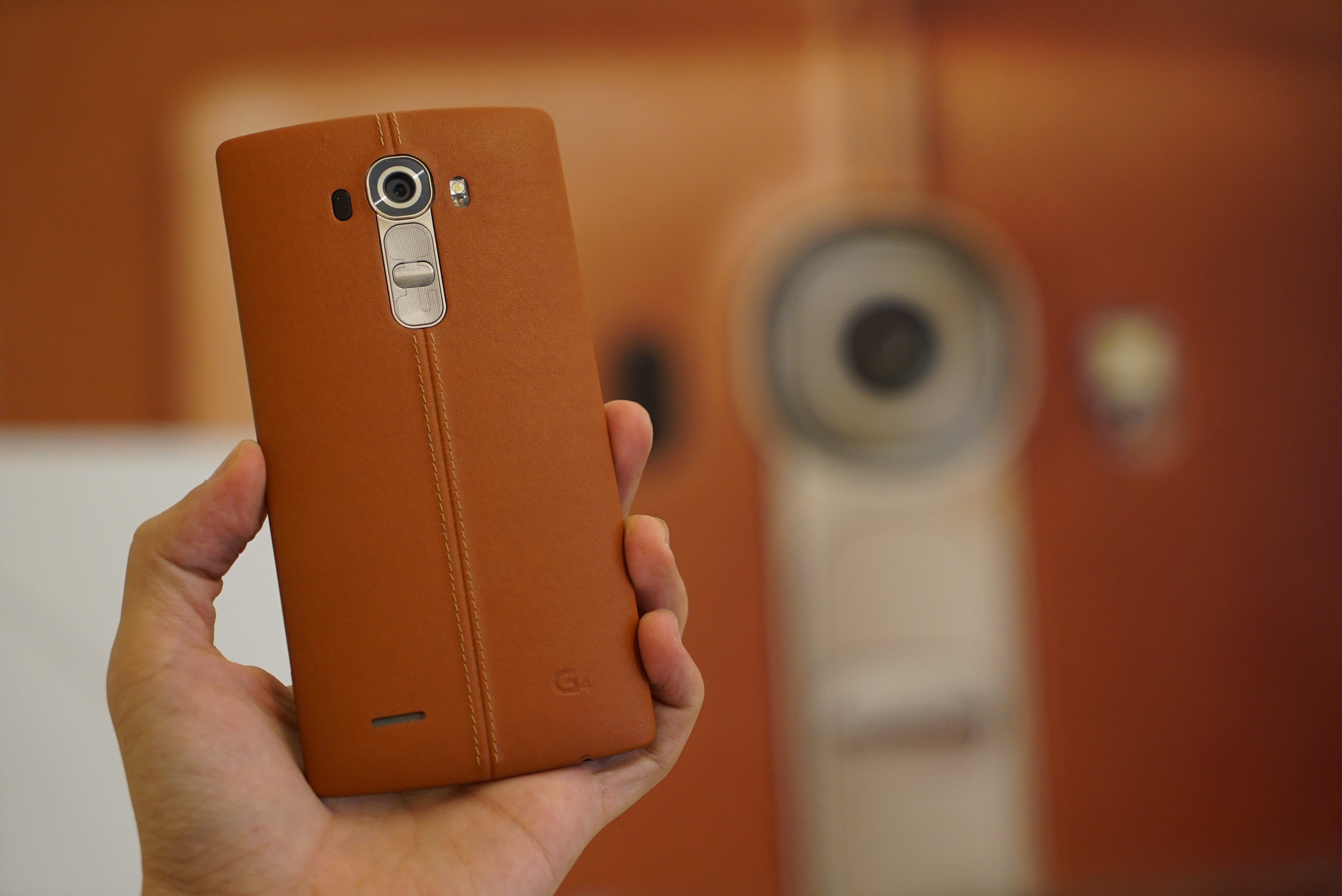
The other aspect LG focused on, feeling, has something to do with the choice of a new build material, genuine leather.
But before we dive in, let’s roll back a few months, to when Samsung launched the Galaxy S6. For years, users had complained about the Galaxy’s plasticky build quality, so when they finally switched to aluminum and glass, the S6 was heralded as the most beautiful smartphone Samsung’s built.
In doing so however, Samsung had to make concessions – no more removable battery, no more expandable storage. Effectively it joined the ranks of the iPhone that is intentionally crippled in the same way. The HTC One M9, and the Xperia Z4 from Sony are also similarly challenged.
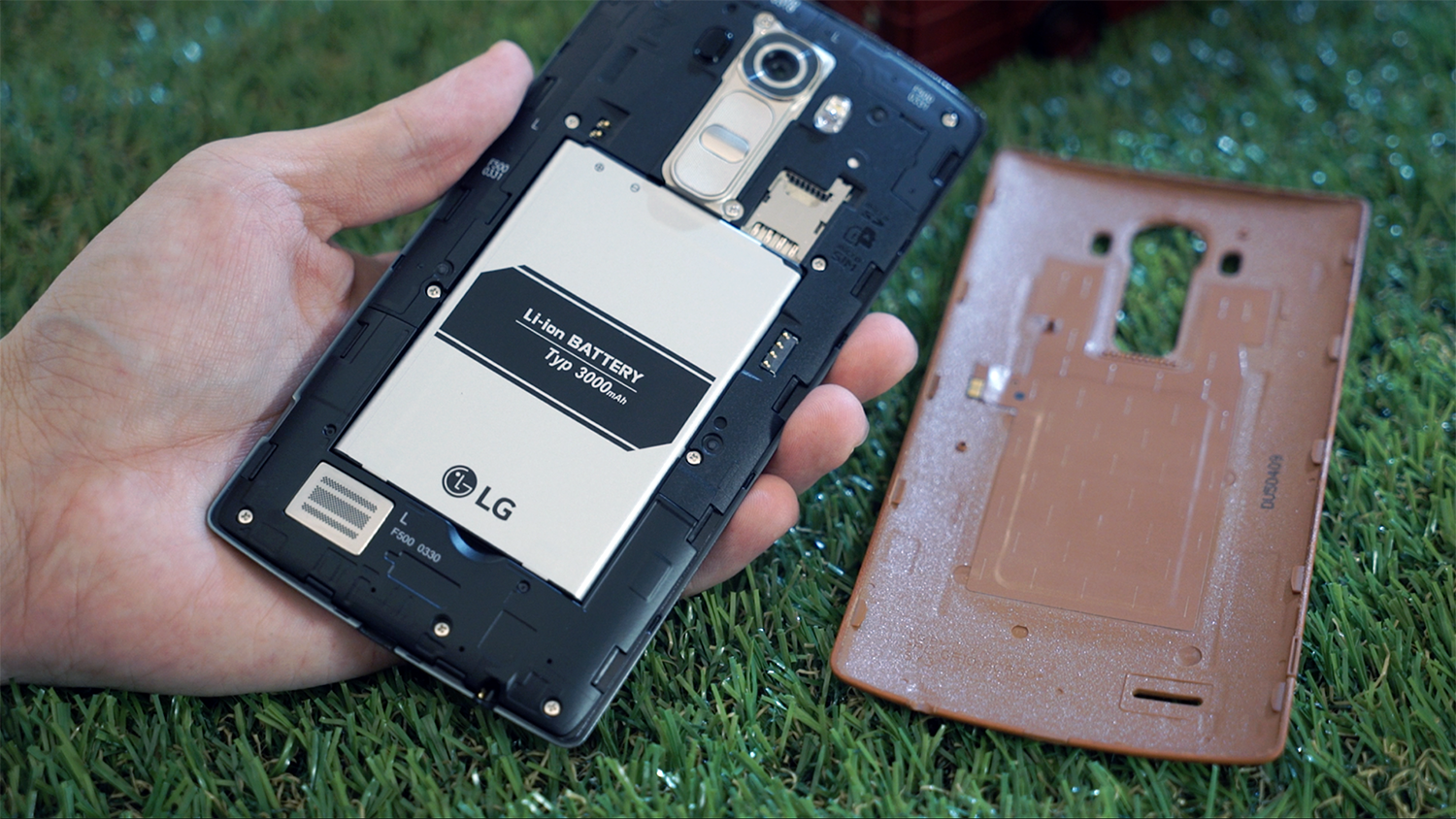
In a bizarre twist of fate, hot swappable batteries are no longer a standard across devices but a rarity. Who would have thought it would one day go back to being a “ touted feature” – for LG it’s now a value proposition.
So there’s that. If you’re looking for a high-end smartphone with all the bells and whistles but with the flexibility of removable batteries and expandable storage then the G4 is a no brainier.
To keep up with the more, premium looking (and feeling) devices, LG’s employed the use of genuine leather to line the G4’s plastic, removable back plate.
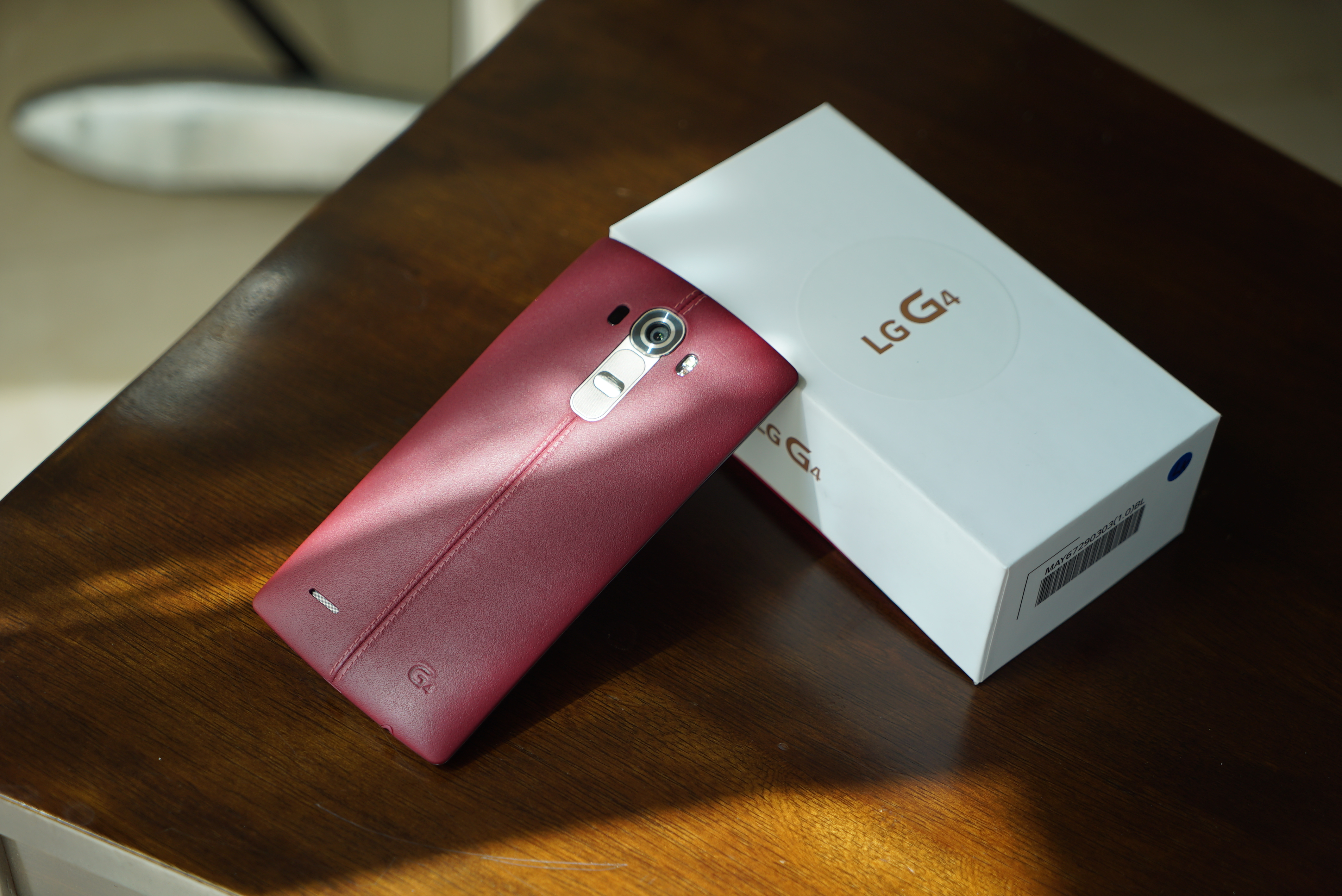
LG is pretty thrilled, talking about how the leather is hand-crafted and dyed using a process called vegetable tanning, and the extra lengths it takes to get things to meet high standards of quality, like only using leather from cows raised at above 1800 meters above sea level.
When you spot the phone for the first time, it won’t blow you away, but LG promises the leather back will get better with age. LG Singapore’s Marketing Manager Bang Youn Hwang showed me a G4 he’s been using for about a month now, and it had more character to it.
A total of 6 colors should be available, tan being the variant that gets the most screen time, but I actually like the black one best.
Like it’s predecessors the G4’s back is curved so it follows the natural curves of your hands, the new leather makes it soft and comfortable to grip, and I tried, but couldn’t get smudges on it also.
The screen too is curved, ever so slightly, like a tamed down G Flex 2 – this slight curve is supposed to give the phone a level of resilience to drops. I did not have the heart to conduct a drop test to find out, but I do know a thing or two about a phone falling flat on its face and ending up cracked, my LG G2 suffered that sorry fate. LG says there will be less of that.
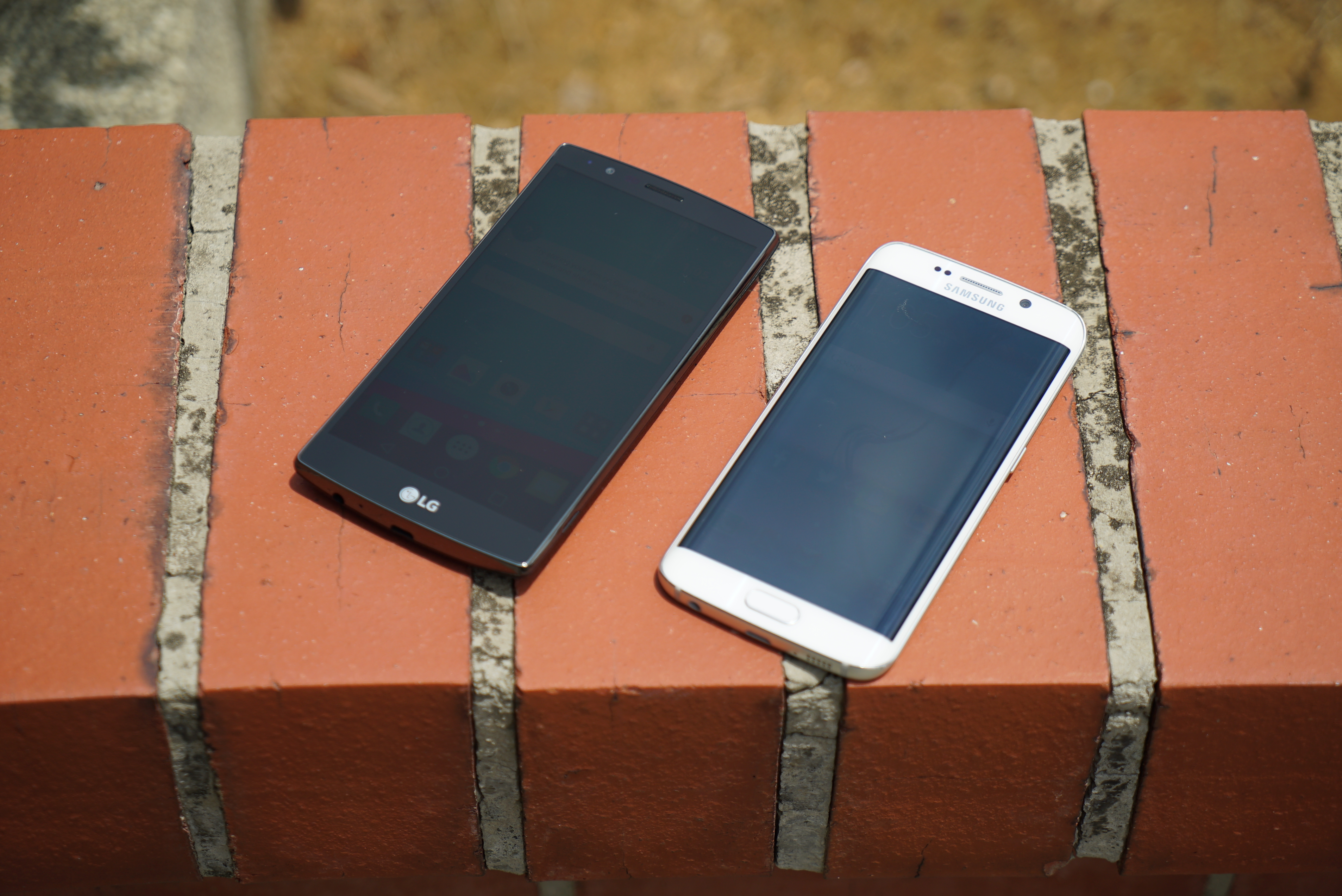
Beyond looking and feeling, the G4 is in many ways, merely an incremental update with small but significant improvements to already great hardware.
For example its IPS screen is still 5.5 inches and twice the resolution of HD. But now with something called quantum display technology it’s supposed to be even better.
The improvements are hard to spot, but the phone does amazingly well outdoors, providing enough color and contrast even under bright sunlight.
Battery life is still an impressive 3000 mAh, and with fast charging the phone can go from 0 to 60% in 30 minutes. The phone supports one of two wireless charging standards (Qi) but requires a separate case for it to work.
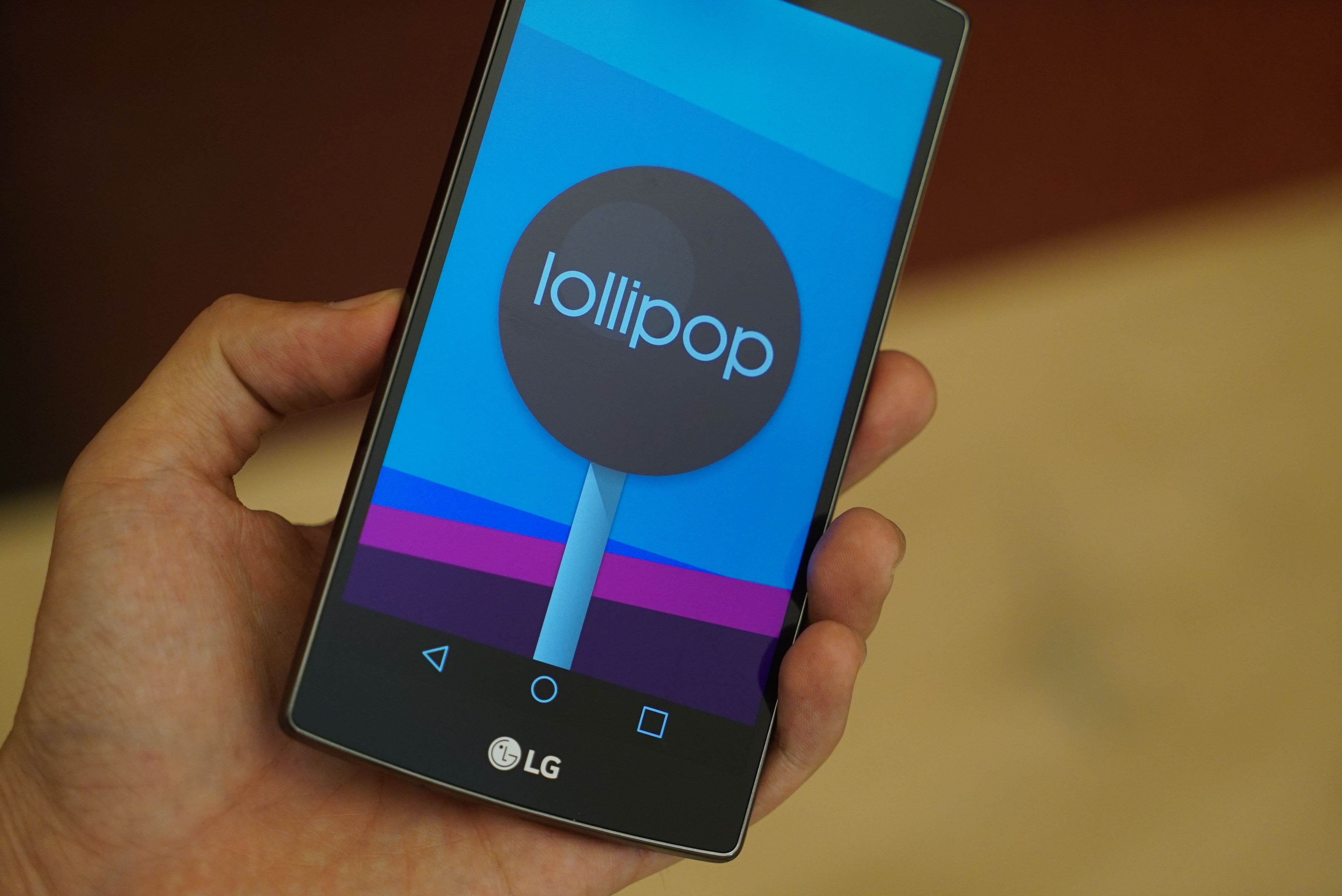
The user interface too is more refined and less cluttered. For example instead of shipping with additional bloatware, the phone ships with just one browser Google’s Chrome. There’s an apparent restraint that is refreshing to see, it feels closer to the stock version of Android Lollipop, all the way down to its on-screen, back, home, and menu buttons.
Last out of the gate isn’t the most ideal of positions for a smartphone manufacturer to take but LG seems to wear that hat well.
Recently I received an email from someone wanting to know more about my review process. Most of the time, I look for stand-out features which I then weigh against the usual but and if only.
Occasionally I find a phone that just blows my socks off. The LG G4 is not one of those phones, but what it has managed to do is to be best at something, and for me that’s good enough.
True the world’s best smartphones have already staked their claim, but there’s definitely enough room up top for the LG G4, and enough going on to wow even the fiercest of critics.
